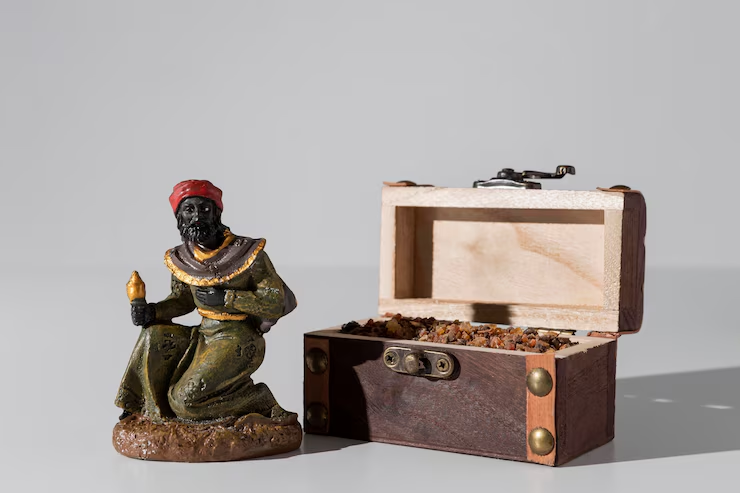From the cave walls of Lascaux to the intricate pottery of the Indus Valley, ancient artz embodies the earliest expressions of human creativity. These works—ranging from carvings and paintings to architectural marvels—offer more than aesthetic pleasure; they provide profound insights into the beliefs, rituals, and daily lives of our ancestors. In this article, we delve into the origins, techniques, and enduring legacy of ancient artz, revealing why these artifacts continue to captivate scholars, collectors, and art enthusiasts today.
Historical Origins of Ancient Artz
The Dawn of Creative Expression
The history of ancient artz begins tens of thousands of years ago, when prehistoric people first adorned cave walls with depictions of animals, human figures, and abstract symbols. These earliest creations, often engraved or painted with natural pigments, served ritualistic or communicative purposes. By examining sites such as Chauvet Cave (France) and Bhimbetka (India), archaeologists trace how the seeds of artistic tradition sprouted across disparate regions of the globe.
From Functional Objects to Sacred Symbols
As societies evolved, so did their art. In ancient Mesopotamia and Egypt, everyday objects—jewelry, pottery, and tools—were decorated with motifs that signified power, protection, or religious devotion. The development of writing systems around 3,000 BCE further spurred the creation of cartouches, stelae, and bas-reliefs that immortalized kings, deities, and historical events in stone and clay.
Key Techniques and Materials
Natural Pigments and Their Sources
One hallmark of ancient artz is the reliance on natural materials. Artists ground minerals like ochre, malachite, and lapis lazuli to create vibrant reds, greens, and blues. These pigments were often mixed with binders—animal fat, plant resin, or egg white—to adhere to surfaces such as cave walls, ceramics, or papyrus scrolls. The meticulous sourcing and preparation of these pigments reflect both practical ingenuity and an appreciation for color’s symbolic power.
Sculpting and Carving Methods
From the monumental Sphinx of Giza to the delicate jade carvings of ancient China, sculptural forms dominate the landscape of ancient artz. Stone-carving techniques varied by region and material hardness. While softer stones like limestone and alabaster allowed for finer detail, harder granites demanded sophisticated abrasion methods. In parallel, wood, ivory, and bone were carved into religious icons and everyday ornaments, showcasing a remarkable diversity of form and technique.
Cultural Significance of Ancient Artz
Religious and Ritual Contexts
In many civilizations, ancient artz was inseparable from the spiritual realm. Mayan stelae, Aztec codices, and Hindu temple reliefs conveyed mythological narratives and guided worshippers through sacred spaces. Artifacts such as amulets, funerary masks, and votive offerings were believed to harness divine protection or ensure safe passage to the afterlife.
Political Power and Propaganda
Rulers across ancient empires harnessed art as a tool of authority. Assyrian palaces boasted colossal winged bulls that guarded city gates, while Roman triumphal arches commemorated military victories with elaborate relief scenes. By commissioning grand projects, leaders affirmed their legitimacy, showcased wealth, and shaped public memory.
Preserving and Studying Ancient Artz
Archaeological Excavations and Conservation
Unearthing ancient artz requires painstaking excavation, documentation, and preservation. Modern archaeologists employ advanced technologies—ground-penetrating radar, 3D scanning, and chemical analyses—to locate and study buried artifacts without inflicting damage. Conservation specialists then stabilize fragile materials, control environmental conditions, and apply reversible treatments to ensure long-term survival.
Museums, Repatriation, and Ethical Debates
Museums worldwide house vast collections of ancient art, yet questions of rightful ownership and cultural heritage have sparked repatriation efforts. Debates over the Elgin Marbles, the Rosetta Stone, and other iconic pieces highlight the tension between global access and respect for provenance. As custodians of history, institutions grapple with balancing public education and ethical stewardship of ancient artz.
Modern Interpretations and Influences
Revival in Contemporary Art
Today’s artists draw inspiration from ancient artz in myriad ways. Neo-Mayan murals, Egyptian-inspired jewelry, and pottery revivals pay homage to ancestral traditions while infusing them with modern sensibilities. By reinterpreting ancient motifs, contemporary creators build bridges between the past and present, underscoring art’s enduring capacity to convey universal themes.
Digital Reconstruction and Virtual Exhibits
Advances in digital technology have revolutionized how we experience ancient artz. Virtual reality tours allow global audiences to wander reconstructed temples, view pottery shards in 360°, and examine hieroglyphs up close. Interactive platforms democratize access, enabling students and enthusiasts to engage with history from their own devices.
Practical Tips for Appreciating Ancient Artz
Visiting Archaeological Sites and Museums
To connect with the spirit of ancient artz, plan visits to key museums and excavation sites. The Louvre’s Department of Egyptian Antiquities, the National Museum of Anthropology in Mexico City, and the British Museum’s collection of Mesopotamian artifacts offer immersive journeys through time. Guided tours, audio guides, and catalogues enhance understanding of context, symbolism, and technique.
Starting Your Own Collection
For those inspired to own a piece of history, collecting authentic ancient art requires diligence. Verify provenance through reputable dealers, request condition reports, and consult specialists to ensure legality and authenticity. Consider beginning with smaller artifacts—coins, seals, or minor pottery fragments—that often come with clear documentation and lower price points.
Conclusion
Ancient artz stands as a testament to humanity’s earliest quests for meaning, beauty, and expression. From the ochre-stained caves of prehistory to the marble-clad temples of antiquity, these works continue to inform our understanding of civilization’s roots. By preserving, studying, and reimagining these treasures, we honor the creative spirit that unites us across millennia—and ensure that the legacy of ancient artz endures for generations to come.

